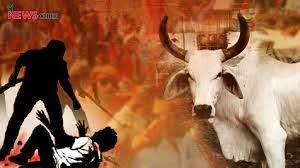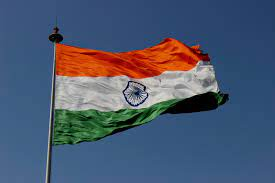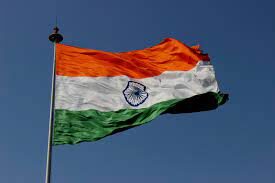Table of Contents
In a fresh lynching incident in Bihar’s Saran district, mob violence erupted over suspicions of cow slaughter, once again bringing attention to the issue of cow vigilantism in India. The incident, which resulted in the deaths of an individual, highlighted the alarming rise in such acts of violence targeting minority communities.
The Recent Lynching
The most recent incident occurred on Wednesday night when a 55-year-old truck driver, Mohammed Zahiruddin, was transporting bones to a registered factory for medicinal purposes. After his truck developed mechanical problems, Zahiruddin parked it near the Khori Pakar village. When he and his helper, Khurshid Ali, went in search of a mechanic, a group of villagers gathered and demanded to know the contents of the truck. Suspecting beef due to a strong smell emanating from the vehicle, the villagers began assaulting Zahiruddin without giving him a chance to explain. Although Ali managed to escape, Zahiruddin was tragically declared dead at a nearby hospital, with doctors attributing internal injuries as the cause of death.
The truck in question had been carrying bones to a registered processing facility which converted these bones into necessary medical components. It has been confirmed that it was a frequent occurrence and that the facility is registered and fully legal.
7 villagers have been arrested promptly with regard to this incident of murder.
The March Incident
This incident closely follows a similar occurrence in March, where 54-year-old Naseem Qureshi was allegedly beaten to death by a mob for allegedly selling beef. Naseem’s nephew, Firoz Ahmed Qureshi, who was present during the attack, narrowly escaped. Both incidents have raised serious concerns about the growing trend of mob violence fueled by suspicions of cow slaughter.

Cow Vigilantism
Since 2014, incidents of mob attacks have become more prominent, often targeting individuals involved in illegal cow smuggling or licensed cow trading. However, even licensed traders have fallen victim to these attacks. While government data suggests a decrease in communal tensions post-2014, the rise of self-appointed cow protection groups has created an atmosphere of fear and violence. These groups claim to protect cattle and uphold the law, but their actions have resulted in numerous deaths and injuries.
Cattle slaughter is prohibited in most states across India, as cows hold religious significance for the majority Hindu population. However, the violent actions of cow vigilante groups have sparked a nationwide debate on the issue. Critics argue that the actions of these groups are not only an infringement on individual rights but also a threat to the country’s secular fabric.

Responses
In response to the escalating violence, various voices within the government, including Prime Minister Narendra Modi, have expressed their disapproval of cow vigilantism. Union Minister and BJP leader Smriti Irani explicitly stated that the BJP does not endorse such activities. However, despite condemnations from political figures, these incidents continue to occur, raising questions about the effectiveness of government measures to curb vigilantism.
International organizations, such as Human Rights Watch, have called for prompt investigations and actions against the self-appointed “cow protectors” involved in attacks against Muslims and Dalits based on rumors of cow slaughter. The need for a comprehensive approach to address the issue of mob violence and vigilantism is paramount, as even a single incident of lynching is a cause for serious concern and requires immediate attention.
As India grapples with the challenge of balancing religious sentiments, individual rights, and law enforcement, it is crucial for authorities to take decisive action against those responsible for perpetrating violence in the name of cow protection. The rising trend of such incidents calls for tighter and more effective measures to control them.













